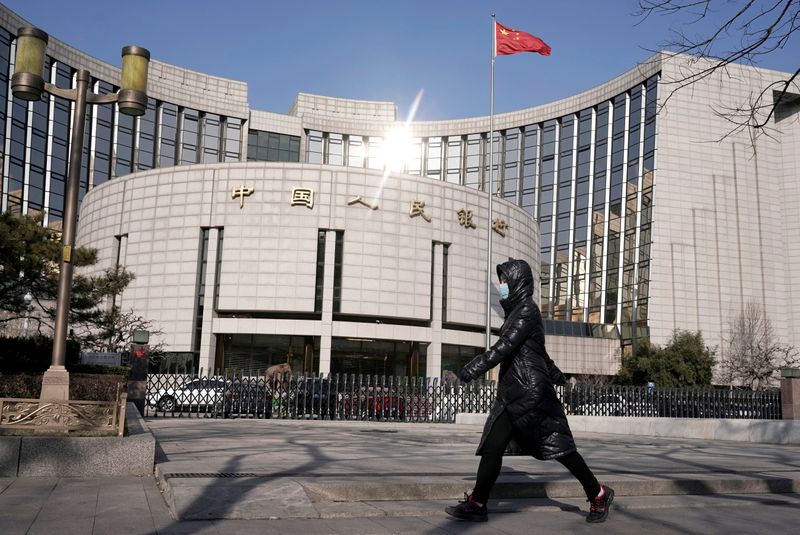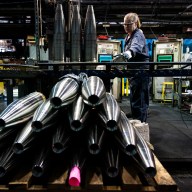BEIJING (Reuters) – New bank lending in China fell more than expected in May but broader credit growth quickened as the central bank continues to ease policy to get the economy back on solid footing after the coronavirus crisis.
Banks extended 1.48 trillion yuan ($209.47 billion) in new yuan loans in May, down from 1.70 trillion yuan in April, according to data released by the People’s Bank of China (PBOC) on Wednesday.
Analysts polled by Reuters had predicted loans would fall to 1.50 trillion yuan. But the tally was higher than 1.18 trillion yuan in the same month last year.
Household loans, mostly mortgages, rose to 704.3 billion yuan from 666.9 billion yuan in April, while corporate loans fell to 845.9 billion yuan from 956.3 billion yuan.
Broad M2 money supply grew 11.1% from a year earlier, below estimates of 11.3% but in line with April’s rise.
The monthly lending figures are highly seasonal, so analysts tend to focus on annual changes to gauge underlying trends. As expected, outstanding yuan loans grew 13.2% on-year, edging up from 13.1% in April.
“We think credit growth will continue to accelerate in the months ahead given loose monetary conditions, political pressure on banks to lend more and plans for a further ramp up in government borrowing,” Julian Evans-Pritchard at Capital Economics said, noting a jump in government bond issuance had pushed broader growth to a 21-month high.
“This should drive a strong rebound in investment and help shore up economic activity in the near-term. But further ahead, another round of state-led stimulus will worsen resource allocation and lead to a jump in debt levels.”
Pan Gongsheng, vice governor of the PBOC, said last week that the economic hit from the pandemic was bigger than first expected and that more policy support was needed.
The PBOC has already rolled out a raft of easing steps since early February, including cuts in reserve requirements and lending rates and targeted lending support for virus-hit firms.
Reflecting the uncertain outlook, China set no annual growth target this year for the first time since 2002 and pledged more government spending. But expectations of a global recession are compounding the challenges.
Premier Li Keqiang said last month that monetary policy would be more flexible, and growth of M2 – a broad gauge of money supply – and total social financing would be significantly higher.
Growth of outstanding total social financing (TSF), a broad measure of credit and liquidity in the economy, quickened to 12.5% in May from a year earlier, from 12% in April.
TSF includes off-balance sheet forms of financing that exist outside the conventional bank lending system, such as initial public offerings, loans from trust companies and bond sales.
In May, TSF rose to 3.19 trillion yuan from 3.09 trillion yuan in April. Analysts had expected 3.00 trillion yuan.
BOND ISSUANCE BOOSTS BROAD CREDIT GROWTH
Analysts expect the central bank to cut banks’ reserve requirement ratios and lending rates further in coming months, although it recently unveiled more targeted tools to boost lending to small firms.
Beijing has been leaning more heavily on fiscal stimulus to weather the downturn, cutting taxes and issuing local government bonds to fund infrastructure projects.
The government has fixed the quota on local government special bond issuance at 3.75 trillion yuan, up from 2.15 trillion yuan.
The government will also issue 1 trillion yuan in special treasury bonds this year.
Local governments issued 2.15 trillion yuan in special bonds in the first five months of this year.
(Reporting by Judy Hua and Kevin Yao; Editing by Kim Coghill)



















